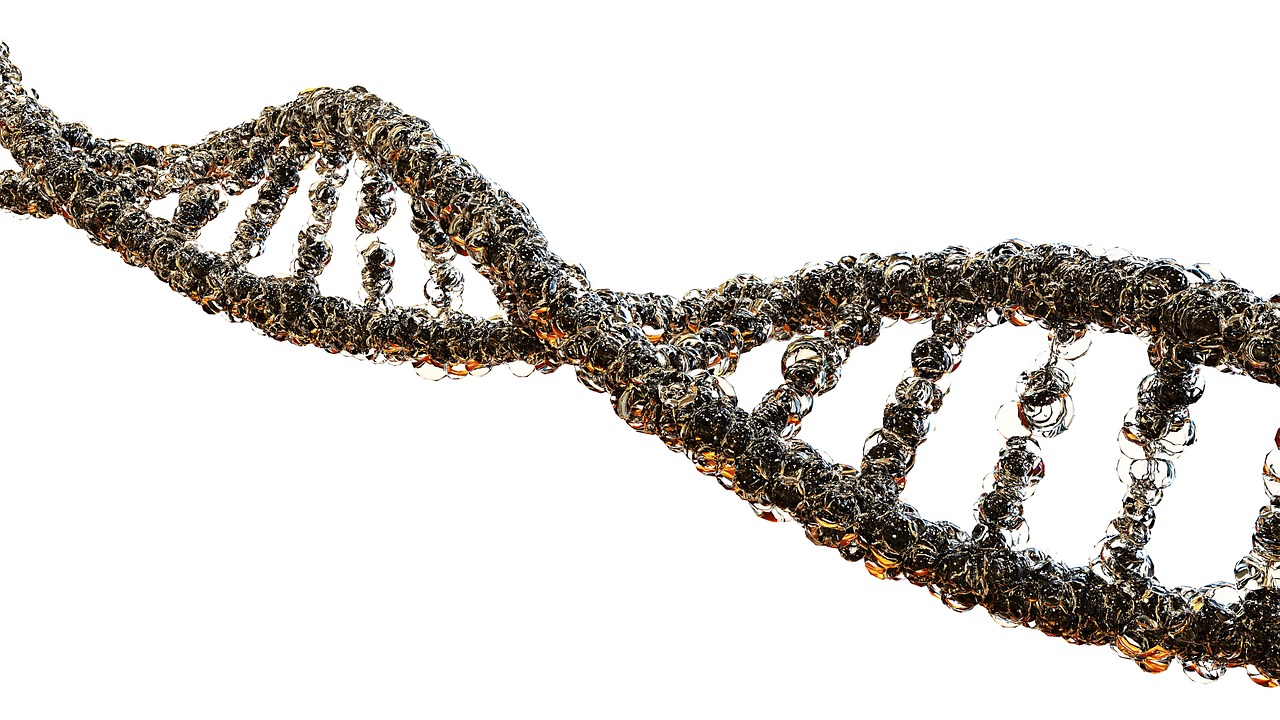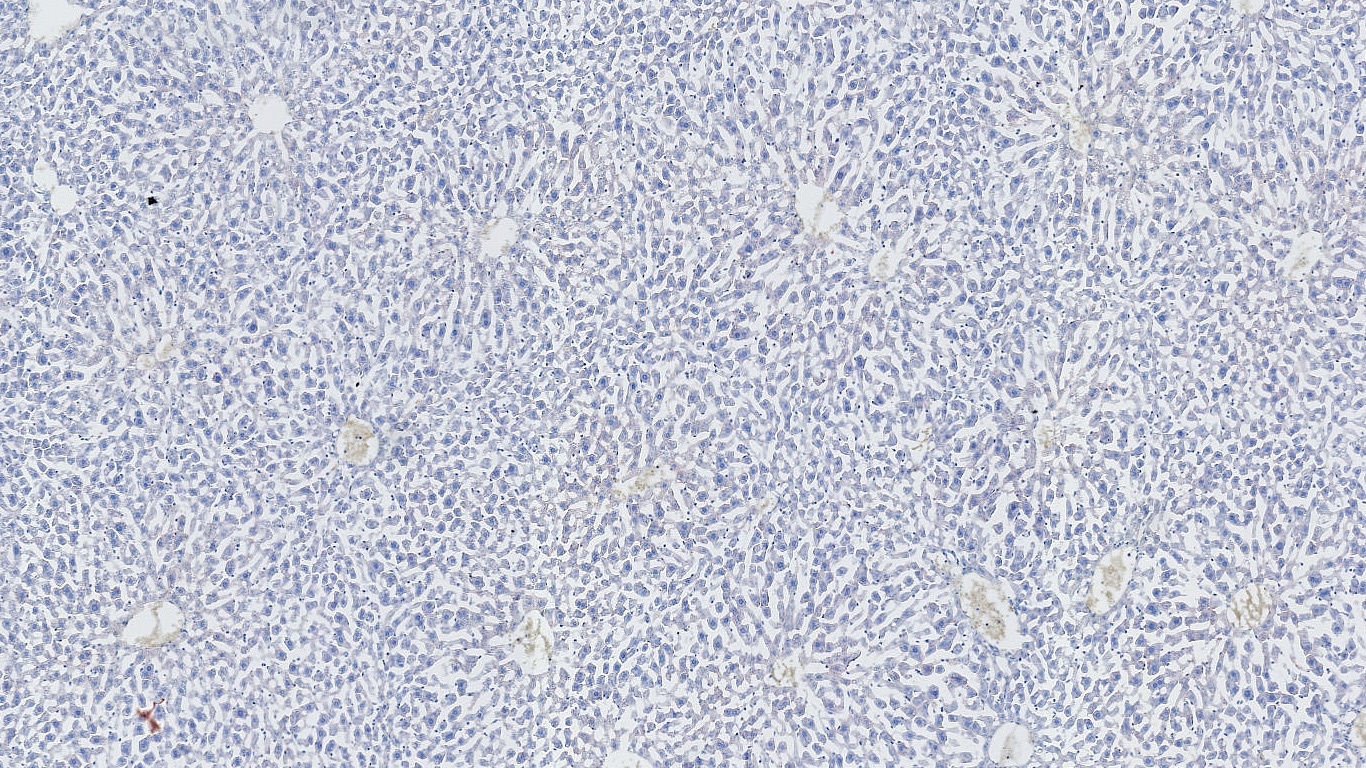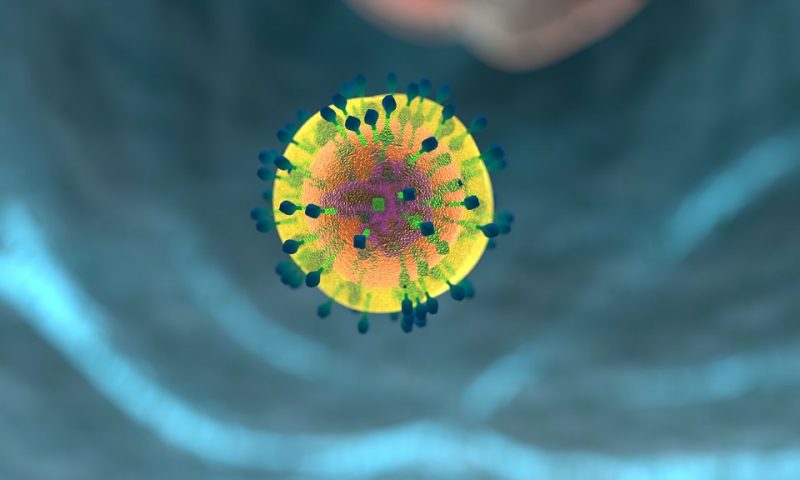The Structure Of Spontaneous Brain Activity

Despite its modest physical profile — approximately three pounds of water and fatty tissue — the brain is the most important and complex organ in…
Read more

Despite its modest physical profile — approximately three pounds of water and fatty tissue — the brain is the most important and complex organ in…
Read more

Asthma is the result of a complex and dysregulated immune response in which the bronchial airways become inflamed and constricted. This lead to chest tightness,…
Read more

Carbohydrates can be found in almost all forms of life – they not only serve as an energy source but also covalently attach to other…
Read more

There is great genetic diversity within all human populations, and a simple example is the ABO group system. Many studies have supported a number of…
Read more

The harnessing of the immune system to fight cancer is not a new concept. William Coley, a surgeon in the 1890s, observed that cancer patients…
Read more

Our genome has two copies of each gene, contributed to equally by our mother and father. Having two copies of each gene allows for compensation…
Read more

In 2003, the U.S. General Surgeon proclaimed that America faced a new health epidemic: childhood obesity. Yet, many parents weren’t worried about their children’s weight….
Read more

The liver is a vital organ orchestrating initial metabolism of nutrients and xenobiotics after food intake. Moreover, the organ store energy in form of glycogen,…
Read more

Humans perceive vision via a specialized tissue at the back of our eye known as the retina. The retina is comprised of highly differentiated and…
Read more

S. aureus is a type of bacterium that is carried in the nose of 30% of healthy adults and can cause diseases ranging from mild…
Read more

The immune system is our body’s defense against infectious microorganisms. Some of the most important players of the immune system are a group of proteins…
Read more